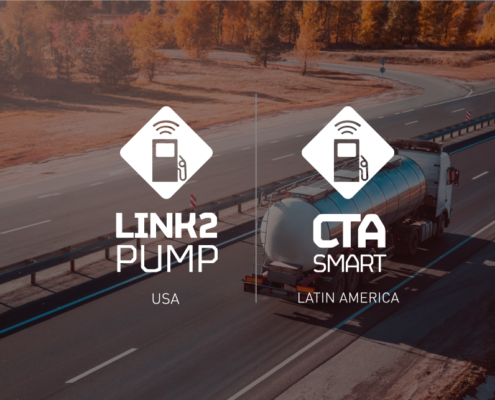 https://www.link2pump.com/wp-content/uploads/2023/09/RevolutionizingtransportandlogisticsharnessingchatGPTandAI.png
609
1081
Nate Riggins
/wp-content/uploads/2023/08/Logo-Colors.png
Nate Riggins2023-09-05 12:26:142025-07-13 13:32:11Revolutionizing Transport and Logistics: Harnessing ChatGPT and AI
https://www.link2pump.com/wp-content/uploads/2023/09/RevolutionizingtransportandlogisticsharnessingchatGPTandAI.png
609
1081
Nate Riggins
/wp-content/uploads/2023/08/Logo-Colors.png
Nate Riggins2023-09-05 12:26:142025-07-13 13:32:11Revolutionizing Transport and Logistics: Harnessing ChatGPT and AI https://www.link2pump.com/wp-content/uploads/2023/09/RevolutionizingtransportandlogisticsharnessingchatGPTandAI.png
609
1081
Nate Riggins
/wp-content/uploads/2023/08/Logo-Colors.png
Nate Riggins2023-09-05 12:26:142025-07-13 13:32:11Revolutionizing Transport and Logistics: Harnessing ChatGPT and AI
https://www.link2pump.com/wp-content/uploads/2023/09/RevolutionizingtransportandlogisticsharnessingchatGPTandAI.png
609
1081
Nate Riggins
/wp-content/uploads/2023/08/Logo-Colors.png
Nate Riggins2023-09-05 12:26:142025-07-13 13:32:11Revolutionizing Transport and Logistics: Harnessing ChatGPT and AI
Exploring the Future of Wireless Networks: What You Need to Know About 6G
News, SoftwareThe future of wireless networks is here! Introducing 6G, the next step in our evolution towards faster speeds and greater capacity.

What to expect from IoT in 2023
Fleet Management, News, SoftwareIn just a few years, 95% of electronics will be connected to the Internet of Things, opening up a world of possibilities.

Ready-Mix concrete market growing to exhibit a remarkable CAGR of 8.50% by 2029
Fleet Management, News, SoftwareThe global market for ready-mix concrete is expected to see significant growth, with a projected CAGR of 8.50% by 2029!
How to Improve Efficiency With Fuel Tracking Technology
All, Fleet Management, Hardware, SoftwareWith fuel tracking technology, you gain more control over fuel expenses and can save up to 30% on costs compared to those who do not use this technology.

Vehicle Telemetry: what you need to know
All, Fleet Management, News, SoftwareBy remotely collecting vehicle information, telemetry allows you to monitor and optimize various aspects of your fleet in real-time.

What are the advantages for cloud computing
All, Fleet Management, SoftwareIn today's fast-paced world, cloud computing has revolutionized the way businesses operate.

Tools you must have for contractor fleet management
All, Fleet Management, SoftwareAre you looking to improve your management of contractor fleets? Take a look at these essential tools that will save you time and money!

How remote work is running for fleet management
All, Fleet Management, SoftwareThe trend of working remotely is here to stay, even in the management of vehicle fleets!

How Link2Pump can help your business
All, Fleet Management, Hardware, SoftwareFuel tracking just got a whole lot easier! Introducing Link2Pump, the ultimate solution to save your business time, money, and resources.

Link2Pump offers fuel management systems that allow business to move from the clipboard to the cloud.
